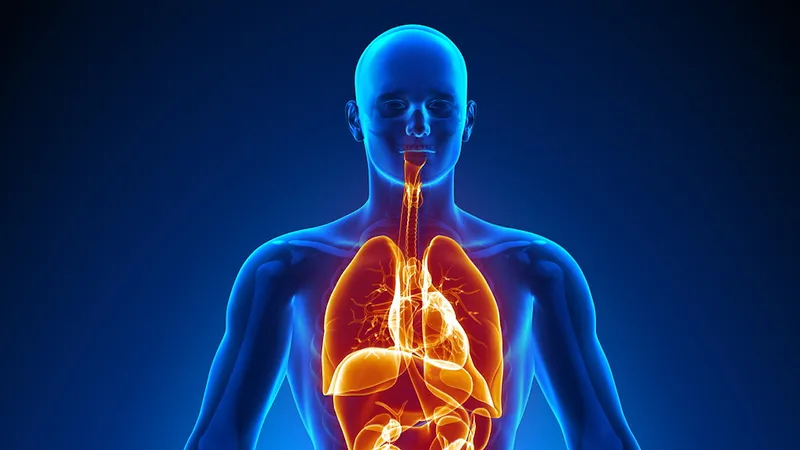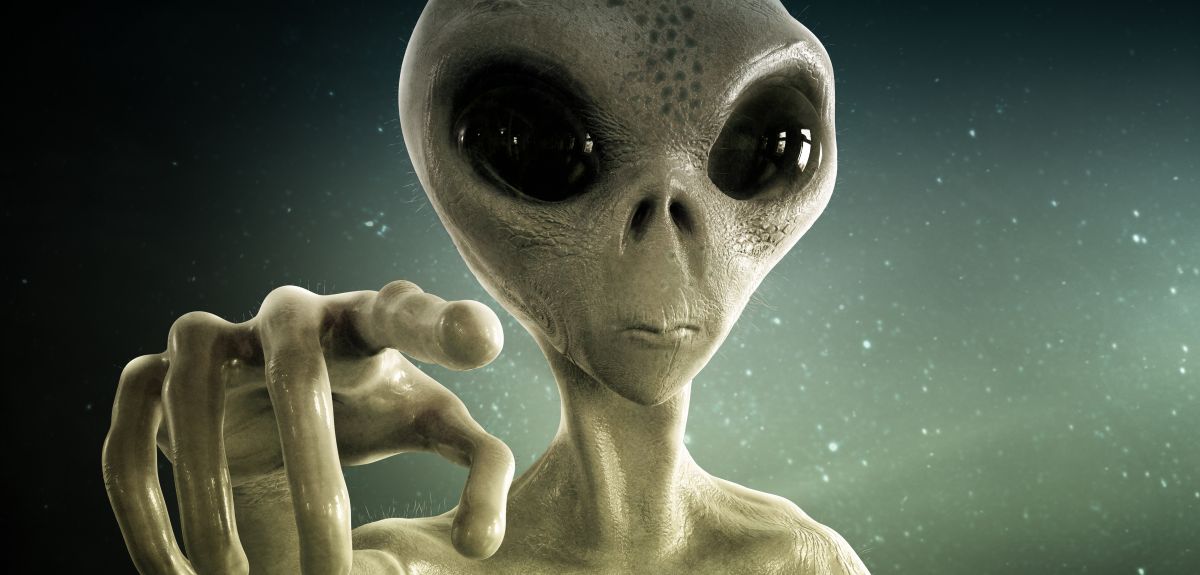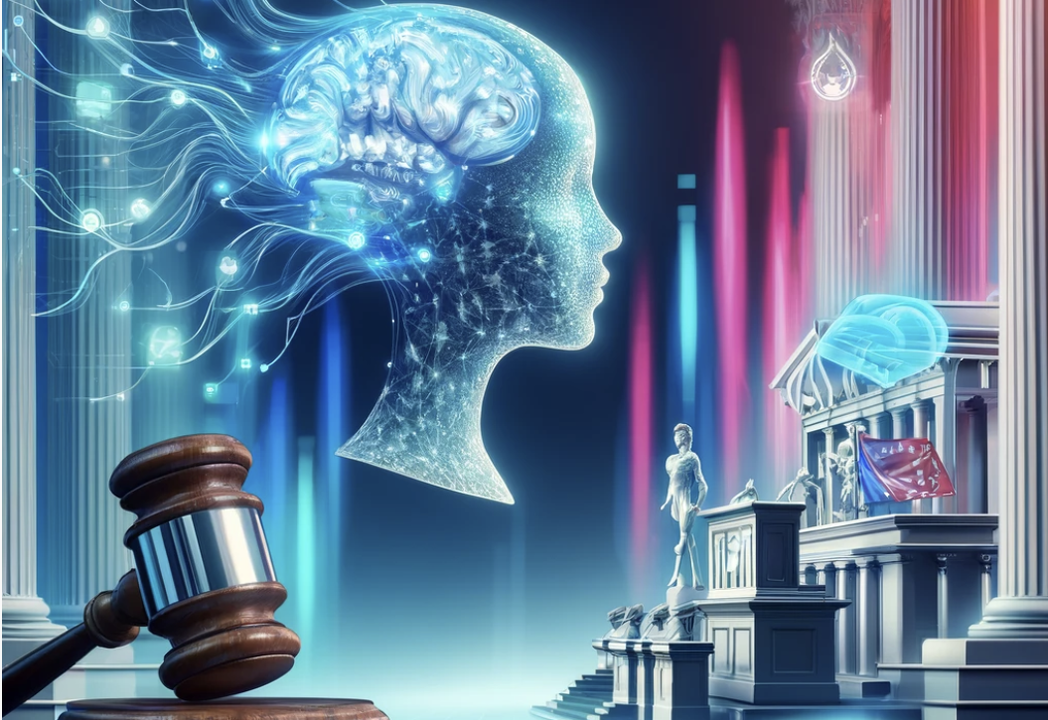The human body is an astonishing marvel of nature, but there are several aspects of it that remain a complete mystery. Despite the progress made in scientific research and the exploration of various biological systems, many peculiarities about the human body have not been fully understood. Some of these mysteries seem like trivial details, but their origins and purposes are still unknown. Here are seven such unresolved mysteries of the human body that continue to intrigue scientists and researchers around the world.
1. Fingerprints: Unique Yet Unexplained
Each individual possesses unique fingerprints, which remain unchanged throughout their lives. The uniqueness of fingerprints is so profound that even identical twins, who share the same DNA, have different fingerprints. Statistically, the chance of two people having the same fingerprints is one in a billion. This uniqueness makes fingerprints useful for identification, and they have been used for centuries in criminal investigations, access control, and identity verification. However, despite their widespread use, scientists are still unclear about the exact purpose of fingerprints. While many theories suggest that they may help with gripping and tactile sensitivity, no conclusive research has been done to identify their primary function. The biological process that leads to their formation remains a subject of ongoing research.
2. Pubic Hair: Its Presence and Purpose Remain a Mystery
Another intriguing aspect of the human body is the presence of pubic hair. Hair on our body serves various functions, primarily for temperature regulation and protection. However, pubic hair, which grows in the genital area, remains a mystery in terms of its exact purpose. It is assumed that pubic hair may play a role in protecting sensitive areas from friction and bacterial infections. However, despite numerous theories, scientists have not yet conclusively identified why pubic hair exists in certain areas of the body and why hair is absent from other parts. While some argue that pubic hair might serve as a pheromone collector or an evolutionary trait, no definitive answer has been discovered. The evolutionary reason for the presence of hair in such specific areas of the body is still debated in the scientific community.
3. Left-Handedness: Why Do Some People Write with Their Left Hand?
Why do some individuals prefer to use their left hand for tasks like writing, while most people are right-handed? The dominance of one hand over the other is a well-known phenomenon, but scientists have yet to fully explain the reasons behind it. The most widely accepted theory is that right-handedness is more common because the left hemisphere of the brain, which controls speech and language processing, is more dominant. The right hand is controlled by the left side of the brain, making it more efficient for activities such as writing and speaking. However, some individuals have a left-dominant brain, leading to left-handedness. Despite this, there is no clear understanding of why one hand becomes dominant over the other or why left-handedness is relatively rare compared to right-handedness. Researchers have also not been able to pinpoint why some individuals cannot consciously choose to be left- or right-handed, as handedness is typically determined during early childhood and remains consistent throughout life.
4. The Appendix: A Body Part with No Clear Purpose
The human appendix is another anatomical mystery. This small, worm-like structure located near the junction of the small and large intestines has baffled scientists for years. Initially considered a vestigial organ with no purpose, recent studies have suggested that the appendix may play a role in the immune system, particularly in storing good bacteria that assist in digestion and help fight infections. Some researchers propose that the appendix acts as a "safe house" for beneficial gut bacteria, allowing them to repopulate the digestive system after an illness. Others argue that the appendix might have been more useful in the past, particularly for early human ancestors who consumed a diet rich in plant material. Despite these theories, no conclusive evidence has been found to determine the exact function of the appendix, and some still consider it a relic of evolution with no significant purpose.
5. Female Breasts: A Peculiar Feature of Human Anatomy
Among the many unique characteristics of human beings, one of the most fascinating and debated is the presence of large breasts in females. In many species, mammary glands exist but do not appear as pronounced or enlarged as they do in human females. In humans, breasts serve the purpose of nursing offspring, but their size and shape remain an enigma. Some theories suggest that large breasts evolved as a way to attract mates, with the assumption that their size signifies fertility or health. Others believe that breasts might be related to the development of the human brain, as the act of nursing provides bonding and nutrition to the offspring, aiding in cognitive development. Despite the various hypotheses, there is no definitive explanation for why human females have such pronounced breasts compared to other mammals. The relationship between breast size and reproduction or attraction remains uncertain.
6. Blood Types: Why Do We Have Different Blood Groups?
The human body is classified into four main blood types: A, B, AB, and O. The existence of these distinct blood groups raises several questions. Why do humans have such a variety of blood types, and how did these differences evolve? The ABO blood group system, discovered in the early 20th century, is essential in medical practices like blood transfusions, organ transplants, and pregnancy. Blood transfusions can only be successful if the donor and recipient have compatible blood types, as mixing incompatible blood can lead to severe reactions or even death. Despite its importance, scientists are still uncertain about why blood groups vary in humans and what purpose they serve. Some researchers suggest that different blood types may have evolved as a way to protect against various diseases or infections. However, there is no conclusive evidence to explain why blood groups exist in the first place or how they impact human evolution.
7. The Brain and Nervous System: How Do They Control the Body?
Perhaps the greatest mystery of all is the human brain. Despite advancements in neuroscience, the brain remains an incredibly complex and poorly understood organ. It controls every aspect of the body, from basic functions like breathing and heartbeat to higher cognitive processes like thinking, decision-making, and emotional regulation. While scientists have mapped much of the brain’s structure and understood its general functions, they have yet to fully unravel how the brain's neural networks operate in a unified manner to control the entire body. One of the most remarkable features of the brain is its ability to repair and regenerate itself. When the body sustains an injury, the brain can often facilitate the recovery of damaged tissues. However, the brain's intricate nature and the way it processes information on a subconscious level remain mysterious. How the brain manages to integrate such a vast amount of data and coordinate complex motor functions is a question that continues to puzzle researchers. Despite the substantial advances in understanding the brain’s basic mechanisms, it remains one of the most enigmatic organs in the human body.
In conclusion, the human body is full of complexities that continue to intrigue and perplex scientists. From the purpose of fingerprints and pubic hair to the mysteries surrounding handedness, the appendix, and even blood types, the human body still holds many secrets. As research continues and new technologies emerge, it is likely that some of these mysteries will eventually be solved. However, for now, these unexplained phenomena remain an essential part of the marvel that is the human body, showcasing how much we still have to learn about our own existence.

























0 Comments